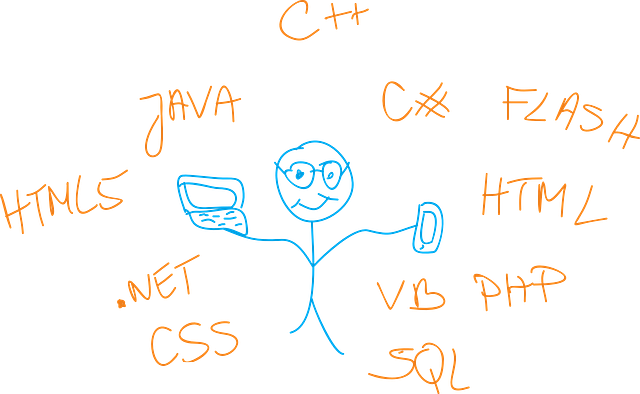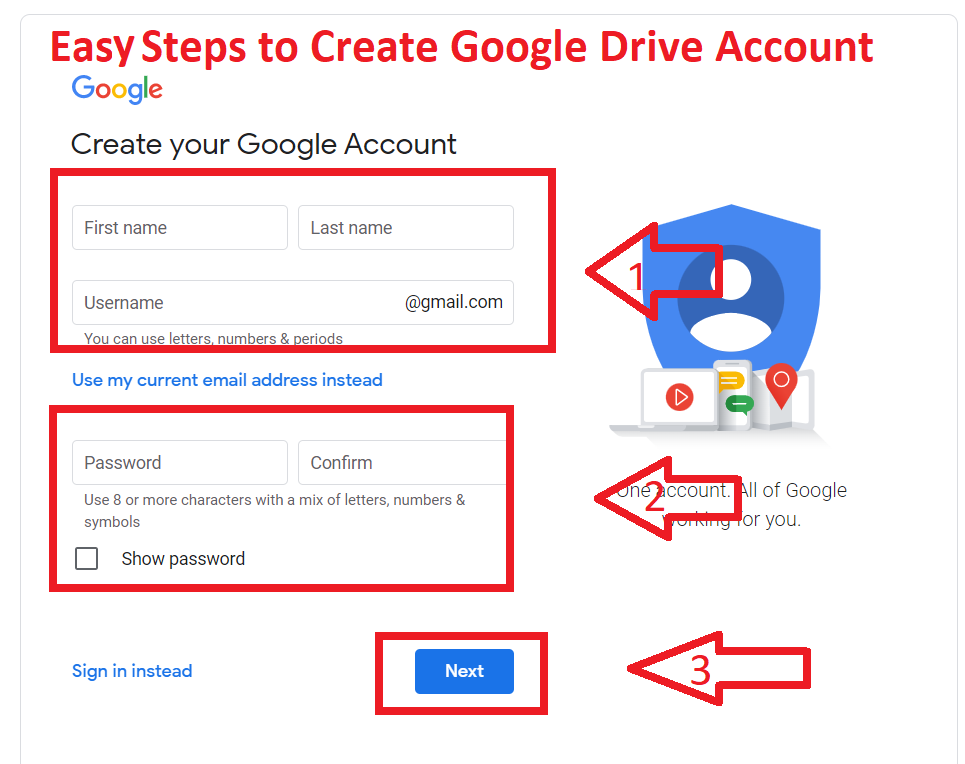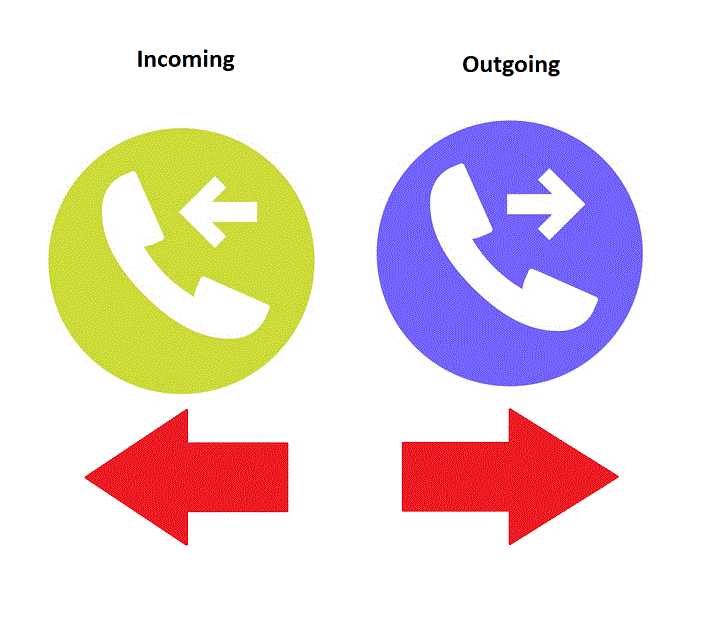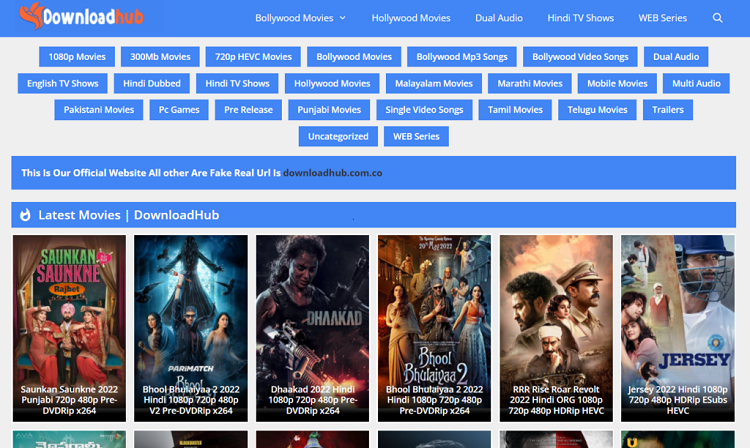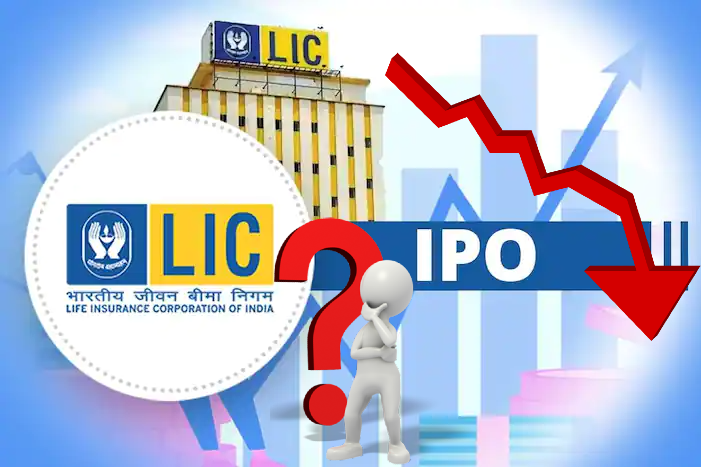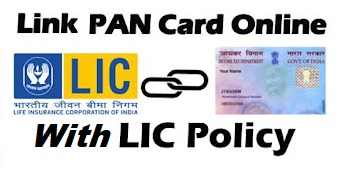Web Programming Technologies are divided into two parts: Client Side, Server Side Web Technologies. In this article, I Explain What is Client-Side Web Technologies, Server-Side Web Technology with an Example.
What are Client-Side Web Technologies?
Client-side web technology is those that run on the client computer generally within the context of the browser and connects to the server as necessary. Whereas server-side technologies handle the server-side of web communication For eg. When we are filling a form on the website their database entries are handled by the client-side. Similarly,
server-side technology is used to handle putting the data in the database which is available on the server.
The Main Client-Side Technologies are :
Read Also: What Is Cybercrime
-
What is Active X
Active X or a plugin is the Internet portion of the component object model(com). However, It is a Microsoft component technology for creating small components for control within a web page. The components, which are known as Active X controls are roughly equivalent to java applets.
One of the main advantages of Active X components is that they can be re-used by many applications. Active X came with various applications like Visual Basic. So here Active X allows creating web-based applications called Active X executables. When we searching the web, we may click a link that requires the browser to have a plug-in.
Active X Introduced in 1996 by Microsoft as a development, Active X was Component Object Model(COM) and Object Linking and Embedding(OLE) technologies, and this is commonly used in its Windows Operating System.
Programmers can write Active X controls in many of the following languages:
- ATL
- C++
- C#
- Visual Basic
- MFC
-
Java Script
Java Script is a premier Client-Side Scripting Language used in web Browsers. This is an Object-Oriented Scripting Language. Java script access to objects within both the client application and other applications. Java script developed by Netscape for Navigator 2.0 and supported by all major browsers. it provides a scripting Language and arranges for the browser to read and interpret a script in source form and also integrated with HTML.
One of the best examples of javascript code implemented in a web page is email password chack. Usually while creating an email we must have a password with a minimum of 6 or 8 characters. If we enter less than six characters as a password while opening mail, then this is an error message.
- VB-Script
It’s the lightweight version of Visual basic. VB-Script is designed to compete with javascript in web browsers. By using VB Script you can design web documents. VB-Script is not so useful as Visual basic language. VB-Script prevents your download file from the virus. Thus provide security and it is interpreted rather than compiling.
Read More: What are Authentication and Authorization
What is Server-Side Web Technologies?
The Web server handles the server-side of the communication medium. It responds to various HTTP requests made to it. The web server is a combination of both hardware and software. The major issue with hardware is the capability of handling memory and various input/output requirements.
The Main Server-Side Technologies are :
- Common Gateway Interface(CGI)
Common Gateway Interface is a widely used technology for building dynamic web documents. Originally developed by the national center for Super Computer Applications (NCSA). The CGI standards specify how a server interacts with an application program that implements a dynamic document. The application is called a CGI program. However, CGI doesn’t specify a particular programming language. Instead, CGI standards permit a programmer to choose an appropriate language for each dynamic document.
The output from a CGI program is not restricted to HTML. So after it runs a CGI program, a server examines the header before returning the document to the browser that issued the request. Thus, a CGI program can use the header to communicate with the server when necessary.
-
Active Server Pages(ASP)
ASP is a server-side dynamic content technology that implements a scripting host like visual basic or script as an ISAPI filter DLL. So ASP, also known as Classic ASP or ASP Classic, was Microsoft’s first server-side script engine for dynamically-generated web pages. The active server page(ASP) is an HTML page, which one or more scripts are processed on a Microsft web server before the page to the user.
Typically, the script in the Web page at the server uses input received as the result of the user’s request for the page to access data from a database and then builds or customized the page on the fly before sending it to the requestor.
Read More: What is Hypermedia, HTML, XML, SMIL
-
Pearl Hypertext Preprocessor(PHP)
PHP is a dynamic webs page technology that uses the Perl programming language. A PHP page is requested by the webserver to using the PHP preprocessor to run a script usually written on Perl programming. After that, we get the final output of the page.
PHP is a scripting language originally designed for producing dynamic web pages. It has evolved to include a command-line interface capability and can be used in standalone graphical applications. PHP is an HTML-embedded scripting Language. PHP is free software released under the PHP license. However, it is incompatible and can be embedded into HTML. So it generally runs on a web server, taking PHP code as its input and creating web pages as output.
-
JAVA
JAVA is a simple platform-independent object-oriented programming language used to create dynamic web pages. It is developed by James Gosling at Sun Microsystems and released in 1995 as a core component of the Sun Microsystem Java platform. The language derives much of its syntax from C and C++ but has a simpler object model and fewer low-level facilities. It is compatible with most web servers and on almost every Operation.
JAVA applications typically comply with bytecode that can run on any Java Virtual Machine(JVM) regardless of computer architecture. Fairly secure and featuring configurable security, it allowed network and file access restrictions. Major web browsers soon incorporated the ability to run Java applets within web pages, and java quickly become popular. Java has compiled language, which means a Java program will run using a compiler.
I hope you get the all information about Client Side, Server Side Web Technologies and Active X. If you like this article, you can share and comment. So that we too have a chance to learn something from your ideas and improve something.
Read Also:
